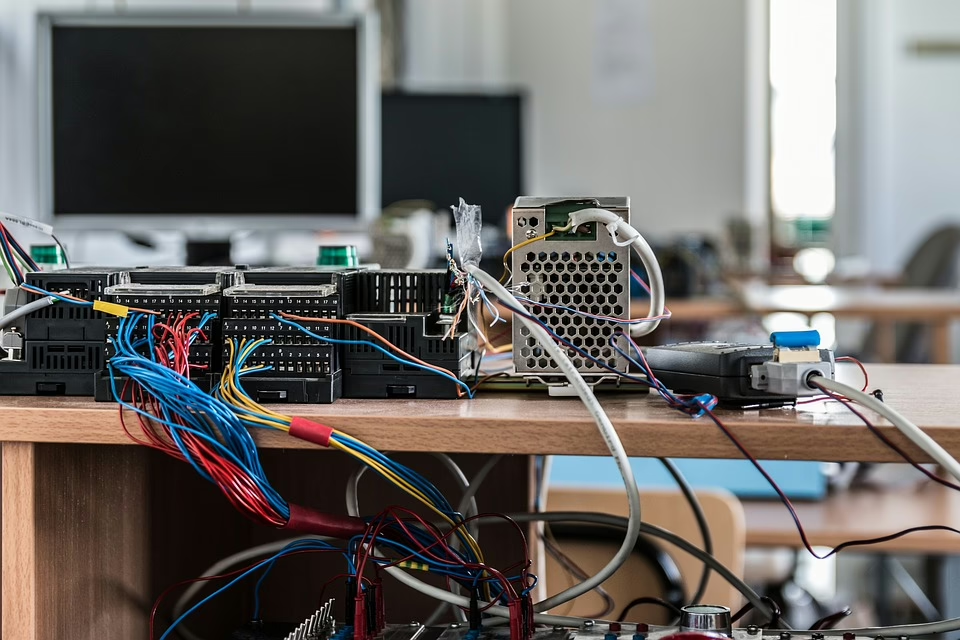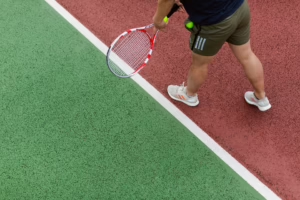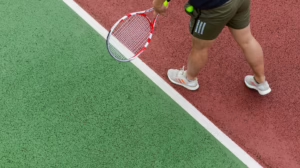DIY Pain Relief: Simple Trigger Point Techniques You Can Do at Home
Introduction
Chronic pain is an issue that affects millions of people worldwide. Whether it’s a result of injury, poor posture, or everyday stress, finding effective ways to manage this pain is crucial for maintaining a good quality of life. One often-overlooked method of pain relief is trigger point therapy. In this article, we will explore the basics of trigger points, how to identify them, and simple techniques you can utilize at home for DIY pain relief.
What Are Trigger Points?
Trigger points, also known as muscle knots, are areas of hyperirritability in a muscle or fascia. These points can cause local tenderness as well as referred pain in other areas of the body. For instance, a trigger point in your upper back may lead to headaches or neck pain. Recognizing and treating these points can significantly enhance your comfort and mobility.
Understanding Muscle Anatomy
To understand trigger points better, it’s essential to have a basic understanding of muscle anatomy. Muscles are made up of fibers that can contract and relax. When these fibers are overused or injured, they can become tight and form trigger points. Activities like poor posture, repetitive motions, or even emotional stress can contribute to the formation of these knots.
Identifying Trigger Points
Identifying trigger points is the first step toward effective treatment. Here are some common signs and symptoms:
- Local Tenderness: A palpable knot in the muscle that feels tender when pressed.
- Referred Pain: Pain that radiates to other areas, often away from the site of the trigger point.
- Muscle Weakness: Difficulty performing specific movements.
- Reduced Range of Motion: A feeling of tightness or restriction.
To locate trigger points, you can perform a self-assessment using your fingers:
- Palpation: Press firmly but gently on different areas of a muscle. Pay attention to any tender spots or knots.
- Referencing Pain: When you find a sensitive area, take note if there is any associated pain in another part of your body.
DIY Trigger Point Techniques
After identifying your trigger points, you can employ several simple techniques for DIY pain relief.
1. Self-Massage
Self-massage is one of the simplest and most effective techniques for managing trigger points. Here’s how to do it:
- Find the Trigger Point: Use your fingers, a tennis ball, or a foam roller to locate the trigger point.
- Apply Pressure: Once you find the tender spot, apply steady pressure using your fingers or the object. Hold this pressure for 30 seconds to 2 minutes.
- Relax and Breathe: It’s crucial to stay relaxed during this process. Deep, deliberate breathing can help ease tension.
2. Foam Rolling
Foam rolling is an effective way to release muscle tension:
- Target Areas: Identify the areas where you feel tightness.
- Roll Slowly: Begin rolling the foam roller slowly over the muscle. Apply more pressure on areas that feel particularly tight, spending extra time on trigger points.
- Duration: Spend about 1-2 minutes on each area.
3. Stretching
Stretching can help alleviate tension around trigger points:
- Gentle Stretches: Once you’ve loosened the trigger point through massage or rolling, perform gentle stretches for the affected muscle.
- Hold the Stretch: Aim to hold each stretch for at least 20-30 seconds, feeling a slight pull without causing pain.
4. Heat Therapy
Applying heat can uplift blood flow and ease tight muscles:
- Heat Packs: Use a heating pad, hot water bottle, or warm towel on the affected area for 15-20 minutes.
- Warm Baths: Soaking in a warm bath can provide similar benefits.
5. Cold Therapy
Conversely, cold therapy can reduce inflammation:
- Cold Packs: Use an ice pack or a frozen vegetable bag on the area for 15-20 minutes.
- Alternating Heat and Cold: For the best effect, alternate between heat and cold therapy.
When to Seek Professional Help
While DIY techniques can be effective for many, some situations may require professional intervention. Consult a physician or physiotherapist if you experience:
- Severe Pain: Intense pain that does not improve with home remedies.
- Persistent Symptoms: Symptoms that persist for more than a few weeks.
- Limited Mobility: Difficulty moving specific body parts.
Preventing Trigger Points
Prevention is often better than cure. Here are some strategies to help avoid the formation of trigger points:
1. Maintain Good Posture
Proper posture is vital in preventing strain:
- Desk Setup: Ensure that your workstation is ergonomically friendly.
- Awareness: Be mindful of your posture throughout the day, particularly during prolonged sitting or standing.
2. Stay Hydrated
Proper hydration supports muscle function:
- Water Intake: Aim for at least 8 glasses of water a day, increasing this during exercise or hot weather.
3. Regular Exercise
Engaging in regular exercise can maintain muscle flexibility:
- Mixed Activity: Incorporate stretching, strength training, and aerobic exercise into your routine.
- Focus on Core Strength: A strong core can support your posture and reduce strain on muscles.
4. Stress Management
Emotional stress can contribute to muscle tension:
- Mindfulness: Techniques such as meditation or deep-breathing exercises can help reduce stress.
- Physical Activity: Regular physical activity can also help in managing stress levels.
Conclusion
DIY trigger point techniques can be a highly effective method for alleviating pain and promoting overall well-being. By identifying trigger points in your body and utilizing self-massage, foam rolling, stretching, heat, and cold therapy, you can take active steps toward managing your pain at home. While these methods can provide significant relief, it’s essential to rely on professional advice for severe or persistent symptoms.
Incorporating preventive strategies into your daily routine can also help mitigate the chances of future pain episodes. Remember that consistent self-care is key to maintaining a balanced and pain-free lifestyle.


























Add Comment